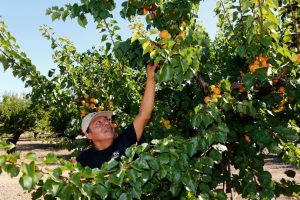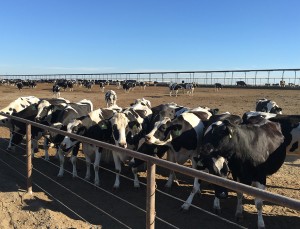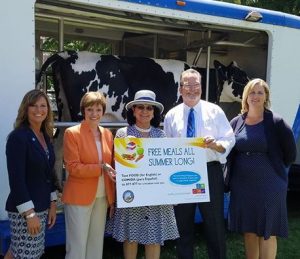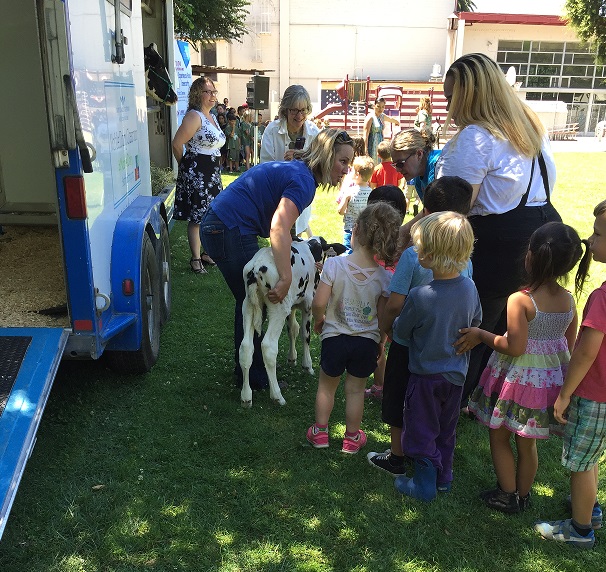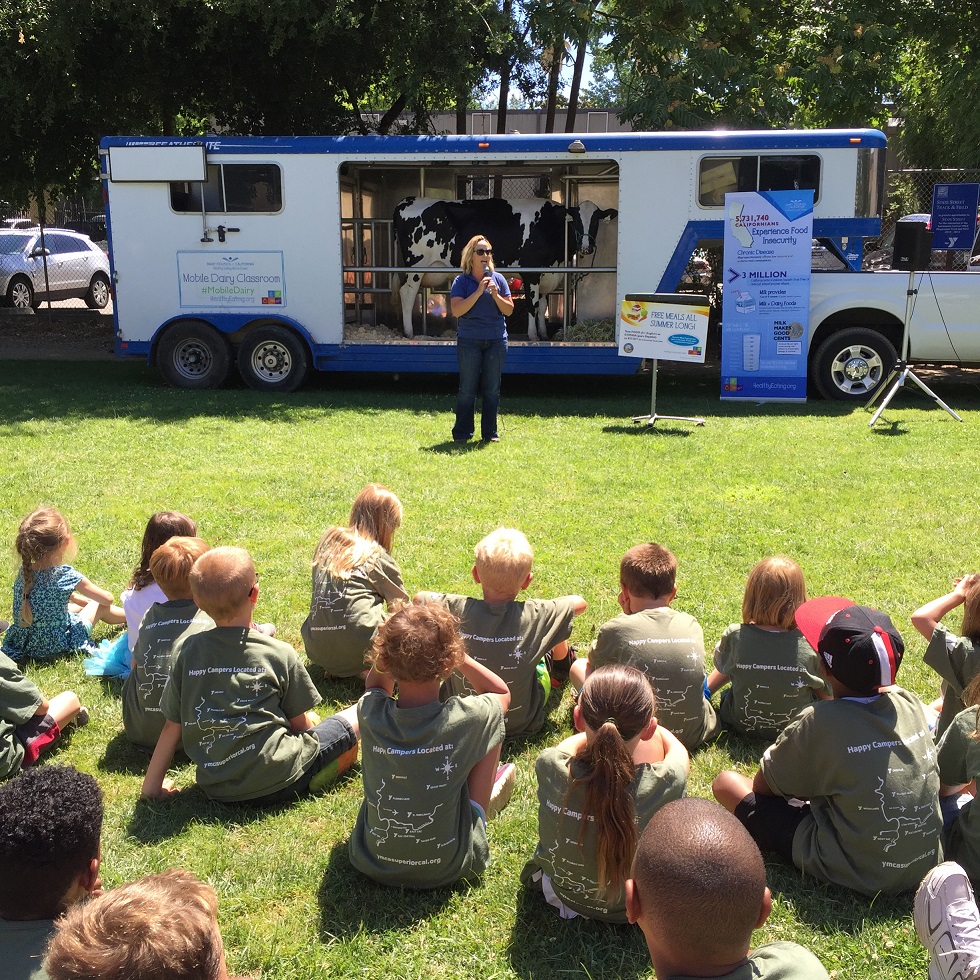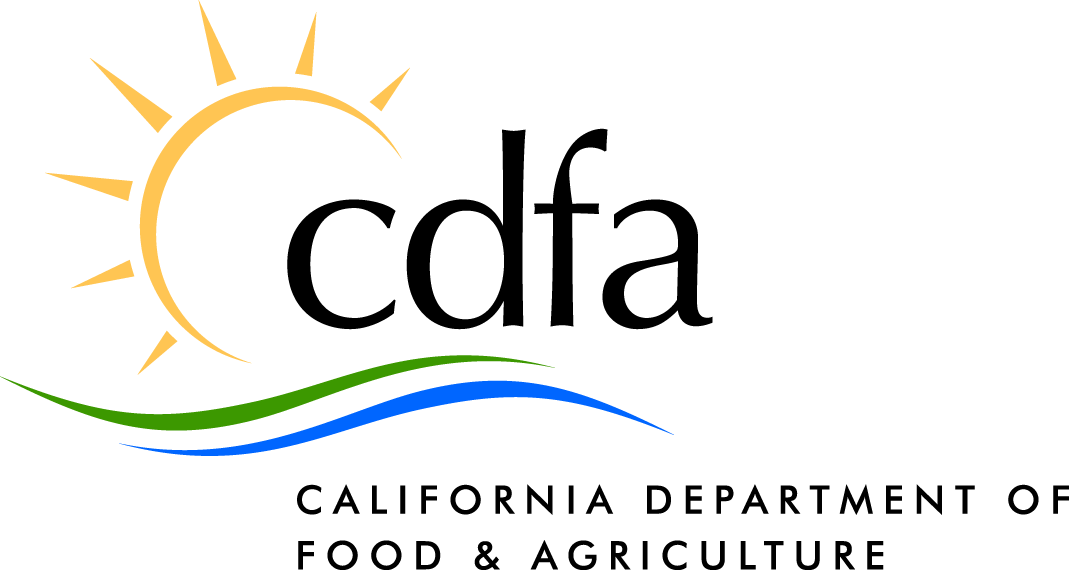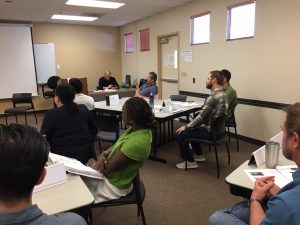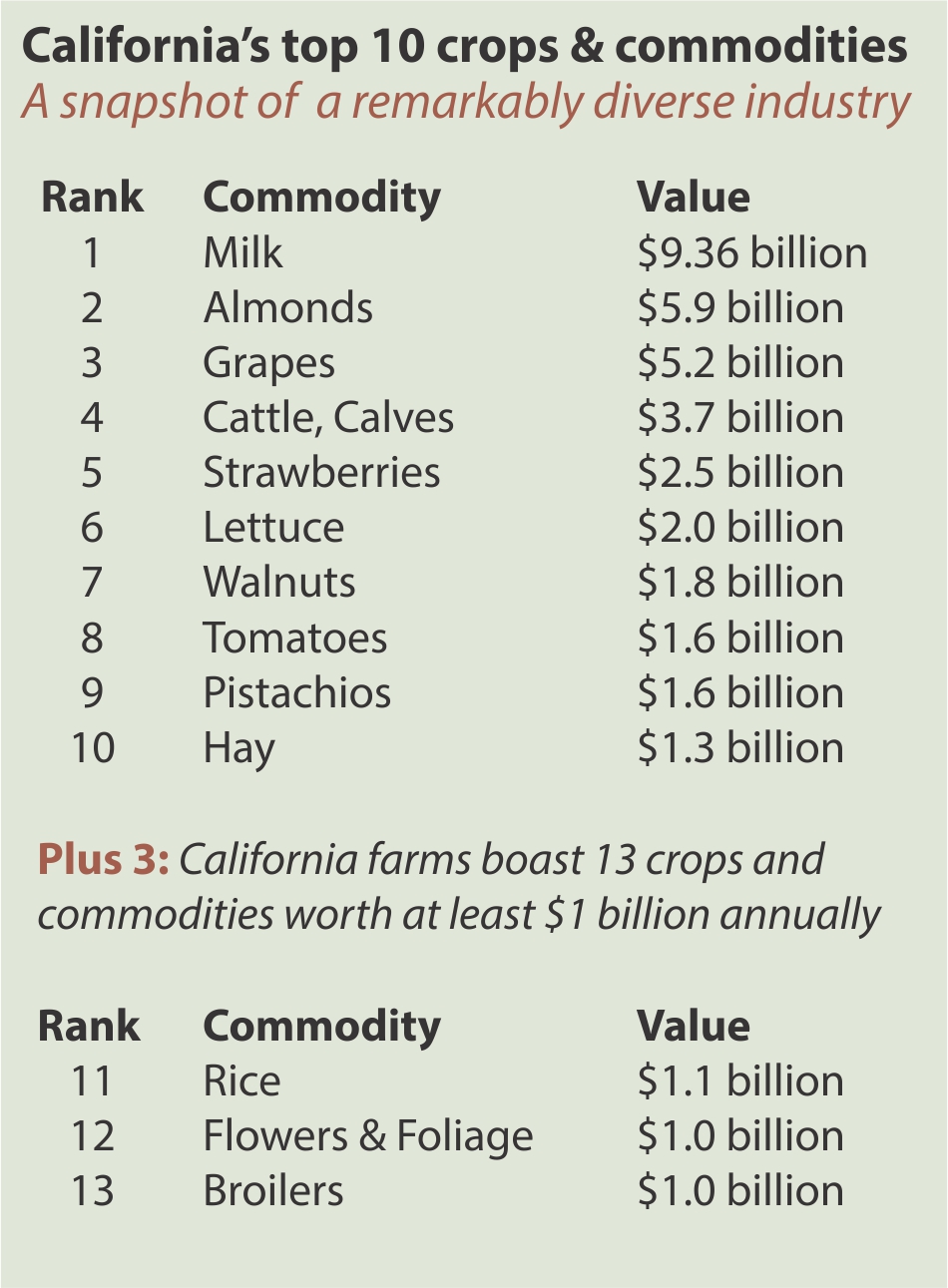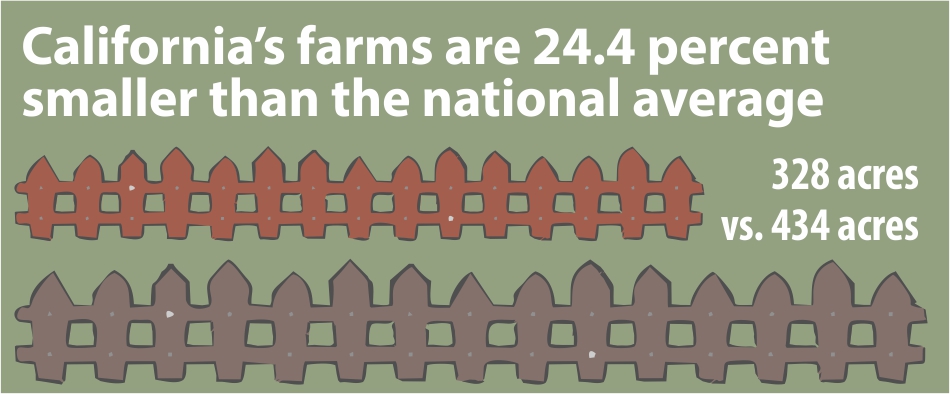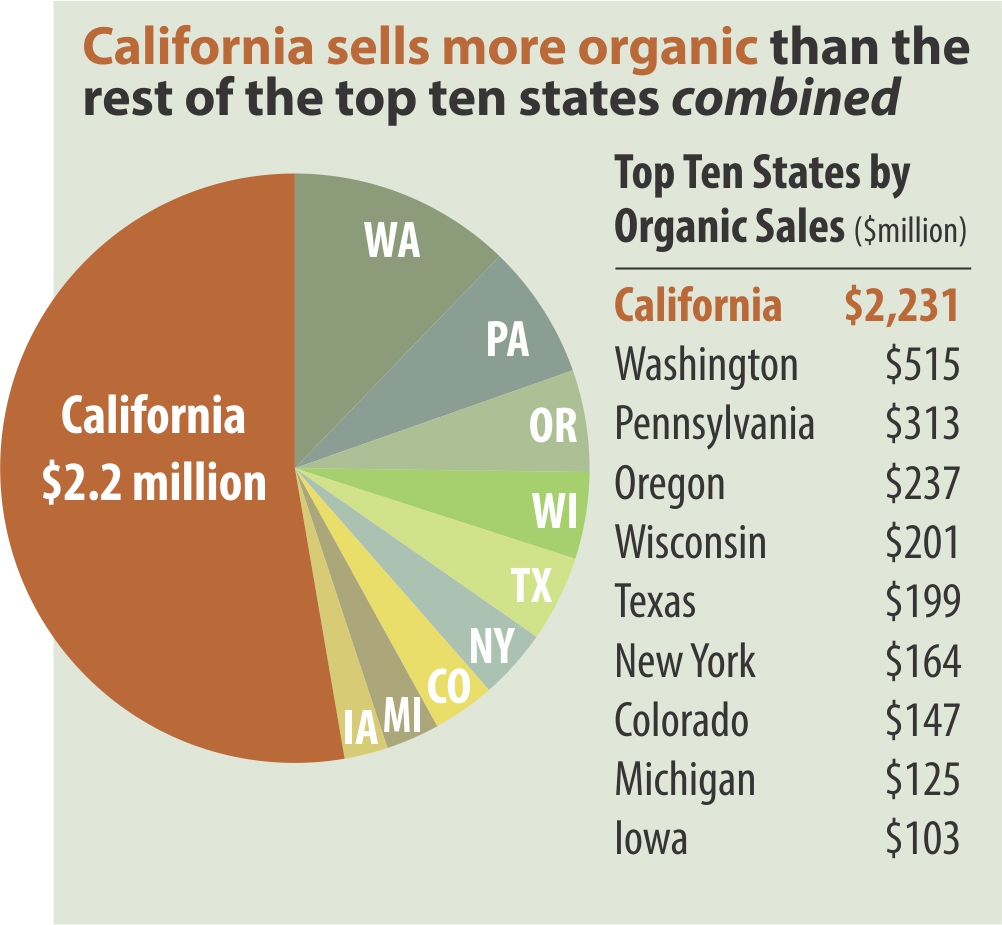By Justin Frederickson
The remarkable success of the Butte Creek project highlighted in this issue represents a microcosm of what the new Resiliency Strategy envisions throughout the Sacramento Valley. And recent developments on the Tuolumne River, for example, suggest something similar is occurring in the San Joaquin Valley.
What brings this about? A whole range of factors comes into play. First, there was the drought, accompanied by historic low populations of winter-run salmon and delta smelt. Agricultural water contractors south of the delta and on the west side of the Sacramento Valley saw multiple years of zero or near-zero allocations. Even more-senior contractors were cut back more than anyone ever thought possible.
In the background, existing biological opinions about fish restoration are undergoing review. On the horizon are looming deadlines for formation of groundwater sustainability agencies, local groundwater sustainability plans, and eventual efforts to transition toward long-term groundwater sustainability.
In the Sacramento Valley, problems with winter-run salmon and related restrictions on summer cold-water releases from Shasta Lake constrained and complicated North Valley water deliveries, affecting summer delta operations like never before during the drought. Downstream, fish surveys for the delta smelt came up nearly empty.
Meanwhile, the State Water Resources Control Board released an environmental document proposing 30-to-50 percent “unimpaired flows” for the lower San Joaquin, Tuolumne, Stanislaus and Merced rivers. The board is driving at eventual, equivalent flow requirements on the Sacramento River and in the delta, too. As if all of that weren’t enough, ongoing water rights proceedings before the state water board and a decade of work on a proposed delta conveyance fix face critical, rapidly approaching decision points.
Against this complicated backdrop, efforts such as the Sacramento Valley Salmon Resiliency Strategy, a similar Delta Smelt Resiliency Strategy begun last year and comprehensive proposals by water districts on the lower San Joaquin tributaries are trying to create a path forward.
The basic sentiment is simple: Our year-to-year water situation is terrible, the fish situation is terrible, and both problems are only getting worse. What can we do differently?
As regulatory agencies commit and redirect so much water—and plan to commit and redirect even more—shouldn’t we be trying to reduce the impacts on people? And shouldn’t we want to maximize the chances that all of that water will at least do what it’s supposed to?
The regulators tell us all of that water is supposed to help the fish. But regulating farmers into oblivion doesn’t seem to be working so well for the fish, either. So, farmers want to do for fish much the same thing Sacramento Valley rice farmers did for waterfowl when they worked with conservationists and duck hunters to utilize innovative rice straw decomposition and other practices to transform the Pacific Flyway.
That’s what farmers naturally do so well: Find a solution, fix the problem, manage it and move on.
That represents a big improvement: Working through a mix of required and voluntary actions toward species recovery and resiliency, rather than just survival; focusing on watershed-, landscape- and process-based approaches, rather than isolated, single-species actions; recognizing the relationship between flow and non-flow variables; building conservation partnerships across traditional battle lines; incorporating robust, science-based biological objectives and adaptive management strategies that take account of all species life stages; integrating solutions from ecosystem improvements to flood protection to coordinated reservoir operations to water trading to base flow augmentation and groundwater recharge; and preserving and incorporating working landscapes as part of the overall solution—all are part of a new experiment.
But for the farmers to maintain this course, there must eventually be a result. As with all other water uses in arid California, water foregone or recommitted to the environment must be budgeted and precisely targeted for maximum effect. Incentives must line up. Regulatory and institutional structures must motivate the desired behaviors, and desired behaviors must be recognized, duly credited and rewarded.
Mutual benefits, market forces, mitigation and compensation must be part of the equation. Water rights priorities, water quality and third parties—including landowners and senior water rights holders—must be taken into account. And farmers must have certain assurances, a certain amount of peace and a basic ability to plan into the future to feel they have a fighting chance.
It’s a tall order to be sure—and particularly so in the rough-and-tumble world of California water. But if we’re going to preserve and protect the amazing food production system represented by California agriculture as we try to recover our natural and aquatic ecosystems, it’s going to take a whole new approach.
It’s been painful getting here, but we may be turning a corner. For the good of all, let’s hope it works.



